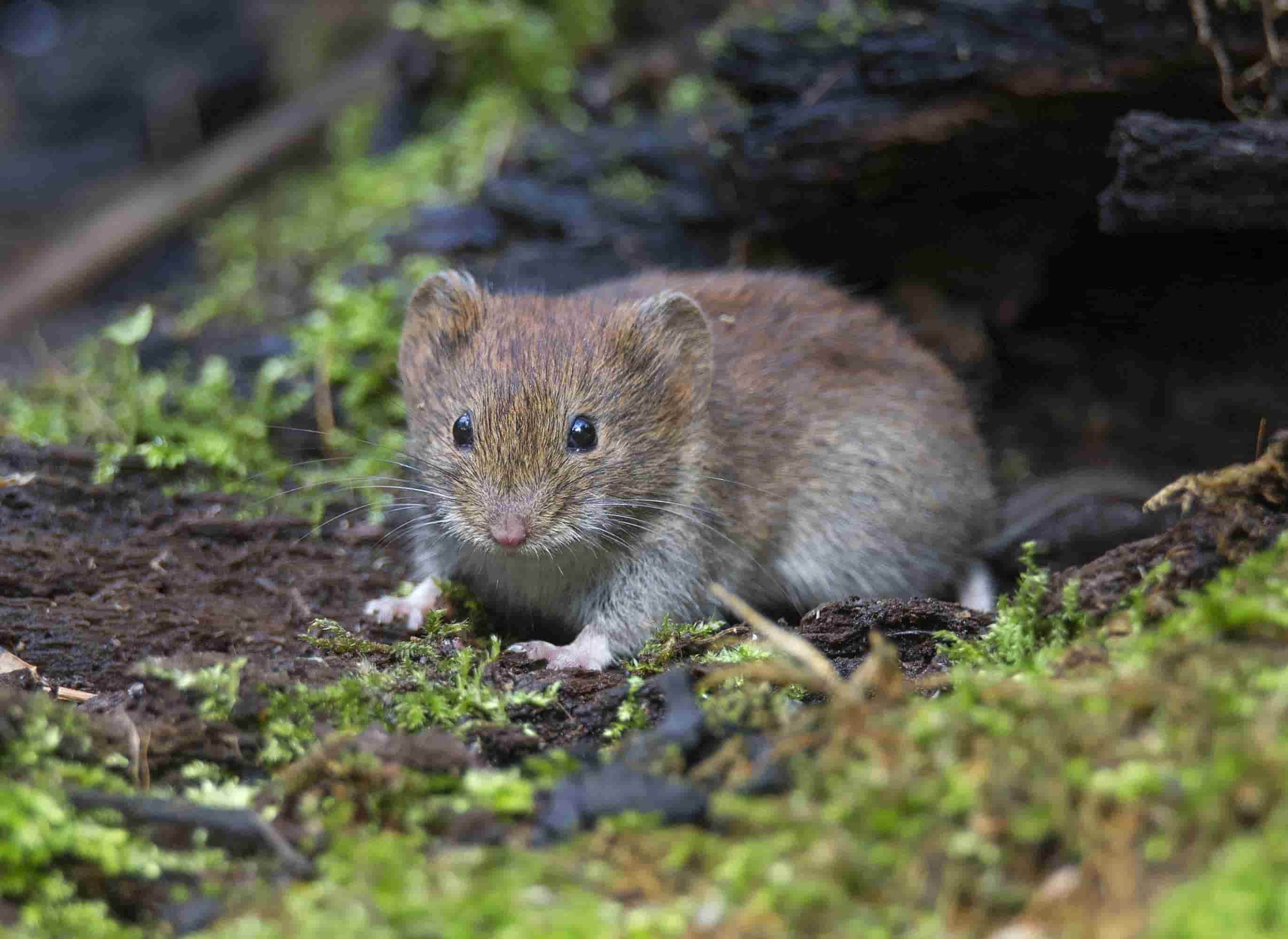Mastering Vole Pest Control: In-depth Insights on Infestation Prevention and Treatment Techniques
As homeowner and caretakers, the visibility of voles can present a considerable difficulty to preserving the honesty of our outside areas. Understanding the complexities of vole habits is critical in creating reliable parasite control approaches. By identifying the refined indications of vole infestation early on, we can take proactive actions to stop extensive damage. In this discussion, we will certainly check out the nuances of vole behavior, explore the identification of infestation indications, and discover the most reliable avoidance and treatment methods. Keep tuned to find the insights that will certainly equip you to master vole parasite control and secure your home against these evasive rodents.
Recognizing Vole Behavior
Taking a look at the foraging patterns of voles offers useful understandings right into their behavior and habitat choices. By observing their foraging actions, researchers can gain a much better understanding of where voles like to develop their environments and the extent of their environmental effect.
Research study shows that voles exhibit selective feeding practices, liking seeds, origins, and tubers. This nutritional choice affects their foraging patterns, leading them to locations abundant in plants and ground cover. Additionally, voles are known to create fancy tunnel systems for foraging and nesting functions, suggesting a high level of adaptability to their surroundings.
Recognizing vole actions is crucial for applying targeted bug control procedures that disrupt their habitat choices and foraging activities (vole pest control). By studying their actions, professionals can develop more reliable avoidance and treatment approaches to handle vole infestations

Identifying Indicators of Vole Invasion
Vole infestations can be detected by identifying certain indicators of their visibility in an area. Among one of the most common indicators of a vole invasion is the visibility of surface area runways. Voles create networks of slim paths on the ground that are generally around two inches wide. These paths are frequently located in grassy locations or beneath compost or ground cover where voles can move easily and search for food.
One more key sign of vole problem is the visibility of little burrow openings in the ground. Voles dig superficial burrow systems with multiple entryways and leaves. These burrows function as sanctuary and nesting websites for the voles. Additionally, voles are understood to leave chewed plant stems, roots, and light bulbs near their burrow openings, showing their feeding activity in the area.
Locating these droppings along paths or near burrow openings can validate a vole problem. By being watchful for these signs, home owners can immediately attend to vole invasions and prevent more damage.
Carrying Out Positive Prevention Steps

Furthermore, utilizing all-natural vole deterrents like castor oil-based repellents or predator urine can function as effective precautionary actions. It is also a good idea to routinely evaluate outdoor areas for any kind of signs of vole activity, such as paths or delve openings, to address prospective problems promptly. vole lawn damage. By taking on these proactive prevention methods, property owners can substantially lower the likelihood of vole damage and preserve the health and wellness and visual appeals of their landscapes
Efficient Treatment Approaches
Including targeted trapping techniques and using approved rodenticides are necessary elements of effective therapy techniques for taking care of vole invasions. Regular tracking and upkeep are likewise key elements of effective treatment methods to make certain that vole populations are kept under control. By combining trapping, rodenticides, environment adjustment, and regular monitoring, reliable vole pest control can be attained.
Monitoring and Maintenance Tips
Keeping a methodical timetable for monitoring and carrying out regular maintenance activities is crucial to sustain the efficiency of vole parasite control steps. Normal monitoring permits the very early discovery of vole activity, allowing punctual treatment before infestations aggravate. To effectively keep track of vole populations, purposefully positioned catches can be utilized in vole runways or near burrow entries. By on a regular basis examining these traps, homeowner can evaluate the degree of vole task and change control approaches accordingly.
In addition, keeping a clean and clean landscape is necessary in vole avoidance. Cleaning away particles, such as stacks of timber or thick plants, removes prospective vole habitats. On a regular basis trimming grass and cutting greenery helps in reducing vole hiding spots and reduces their access to food resources.
In addition, ongoing maintenance of physical barriers, such as fencings or cable mesh, is crucial to avoid vole intrusion. Inspecting and fixing any kind of damages to these structures makes certain that vole control continues to be reliable in securing properties from problems. By integrating these tracking and upkeep practices right into an extensive vole parasite control strategy, individuals can properly handle vole populations and secure their homes from damage.
Verdict
In final vole control thought, understanding vole bug control requires a strong understanding of vole behavior, the capacity to identify indicators of infestation, applying positive avoidance procedures, effective therapy strategies, and constant surveillance and maintenance. By taking a thorough method to vole control, people can effectively handle and protect against invasions, inevitably protecting their building and surrounding setting from damage brought on by these small rodents.
In this conversation, we will check out the subtleties of vole actions, delve into the recognition of problem indicators, and discover the most reliable avoidance and treatment techniques.Including targeted capturing methods and using accepted rodenticides are essential elements of reliable therapy techniques for handling vole problems. To properly monitor vole populations, tactically put traps can be used in vole runways or near burrow entryways. Evaluating and fixing any kind of problems to these frameworks makes certain that vole control remains effective in securing properties from problems. By incorporating these monitoring and upkeep techniques right into a thorough vole parasite control strategy, people can successfully take care of vole populaces and secure their residential properties from damages.